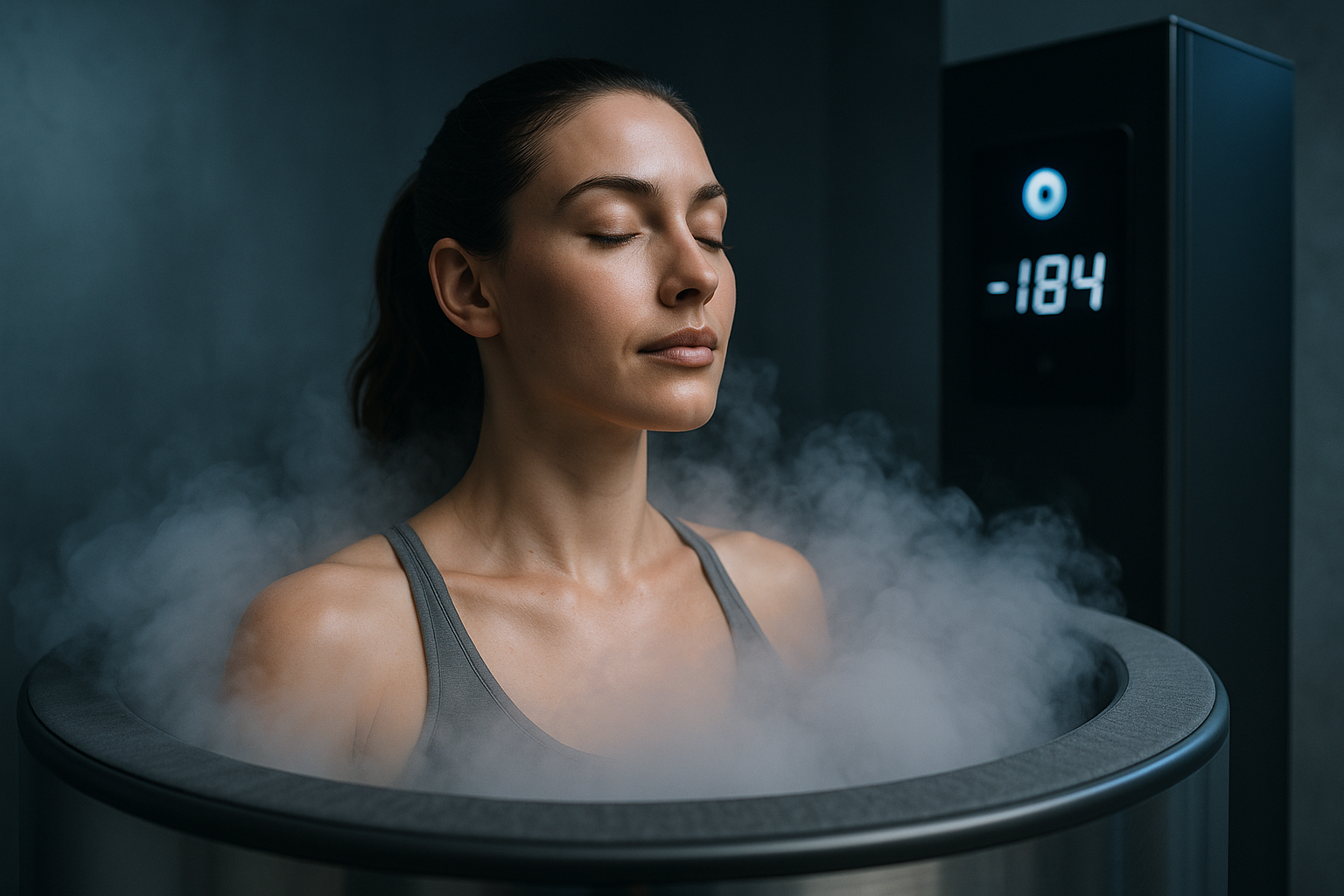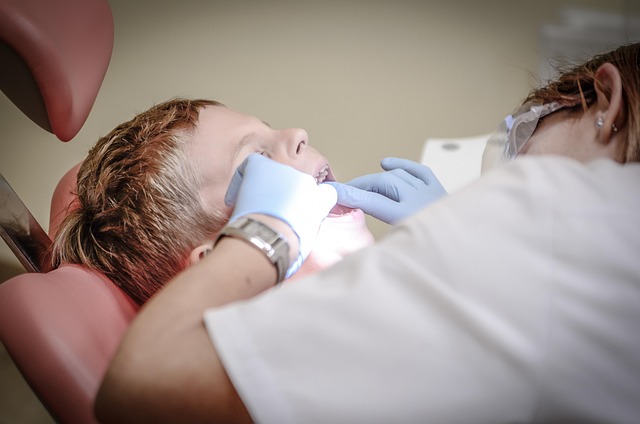Safe Temperature and Timing Guidelines for Foot Soaking
A careful foot soak can be a simple, restorative part of personal care, but safety depends on temperature, timing, and individual health factors. This paragraph outlines general principles to help you choose a comfortable water temperature, decide how long to soak, and know when to avoid soaks or seek professional advice. Consider age, circulation, wounds, and medications when planning a soak, and use modest durations and moderate warmth to support relaxation without increasing risks. This information is intended to guide safe at-home practice alongside professional input.

How does foot soaking affect health?
Foot soaks can improve perceived comfort, promote circulation in the lower extremities, and support routine skin care. For many people, warm water helps relax muscles and can ease minor stiffness. Individuals with compromised immunity, altered antibody responses, or active infections should be cautious, because warm, moist environments may change skin conditions. People with hairline fractures, severe peripheral vascular disease, or numbness should avoid soaking without a clinician’s approval, since reduced sensation can mask temperature-related injury.
What timing and temperature suit wellness?
Aim for a comfortable, lukewarm range rather than very hot water. As a practical guideline, test water with an inner-wrist or forearm before immersion, and keep soaks brief: commonly 10–20 minutes is sufficient for most adults. Extended exposure or very hot water increases the chance of skin irritation and fluid loss. Frequency can vary; many people use soaks a few times weekly for skin care or occasional recovery after exercise. Adjust both temperature and duration based on personal tolerance and any medical conditions that affect circulation or sensation.
What should caregivers know about senior care?
Caregivers supporting older adults should prioritize safety and monitoring. Use thermostatic controls if available, check water temperature with a reliable thermometer, and avoid leaving seniors unattended during a soak, particularly those with cognitive changes or mobility limitations. Integrate this care with broader senior care practices: a brief questionnaire about comfort, skin breaks, or pain can help track changes over time. Wristbands or wristband monitoring systems that include fall detection can be useful around bathing routines to reduce risk, but they do not replace in-person supervision.
How do symptoms guide medical treatment?
If soaking causes redness, swelling, increased pain, drainage, fever, or any worsening symptoms, stop the soak and consult medical treatment. Open wounds, fungal infections, or signs of cellulitis warrant professional assessment; incorrect at-home treatment can delay appropriate care. People with diabetes or neuropathy often require tailored guidance because diminished sensation increases the risk of burns or unnoticed injury. Also mention any recent hairline fractures or splints to a clinician before attempting soaks.
Can foot soaks influence mood and mental health?
Rituals like warm foot soaks may contribute to a calming routine that supports mood and certain aspects of mental health. Simple sensory comforts—warmth, gentle massage, pleasant scents—can help the body relax and may complement other wellness practices such as light exercise. Oxytocin release from social touch or caring interactions, feelings of love or connection during shared care, and supportive habits can influence perceived well-being. Some people incorporate adaptogenic herbs or mushroom extracts into broader wellness regimens, while others favor mushroom coffee or other beverages; these choices are personal and should be evaluated for interactions with medications.
Are wristbands or fall detection tools relevant?
Technology such as wristbands with activity tracking or fall detection can add a layer of safety for people who are at risk of falls or sudden health events during bathing routines. These devices can alert caregivers or local services if a problem occurs, and data from periodic questionnaires can help clinicians assess changes. However, devices are not substitutes for clinical evaluation; they support monitoring but do not diagnose infections, fractures, or systemic issues that might require medical treatment.
This article is for informational purposes only and should not be considered medical advice. Please consult a qualified healthcare professional for personalized guidance and treatment.
Foot soaks can be a low-effort way to support comfort and routine foot care when done carefully. Choosing moderate temperatures, limiting soak time, and accounting for individual symptoms, medications, or mobility needs reduces risk. Caregivers and those in senior care settings should combine practical precautions with monitoring tools and professional guidance to maintain safety and well-being.






